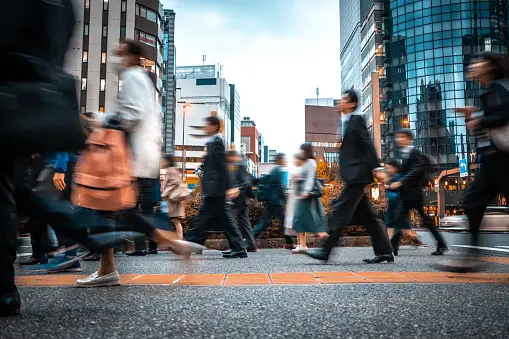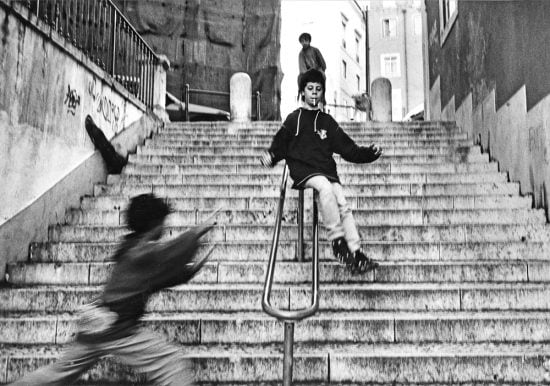The Buzz on Street Photographers
The Buzz on Street Photographers
Blog Article
Unknown Facts About Street Photographers
Table of ContentsThe Ultimate Guide To Street PhotographersFascination About Street Photographers4 Simple Techniques For Street PhotographersThe Best Guide To Street PhotographersRumored Buzz on Street Photographers
Road digital photographers do not necessarily have a social objective in mind, however they favor to separate and record moments which could or else go unnoticed.He was influenced by several of those who affected the road photographers of the 1950s and '60s, he was not primarily interested in catching the spirit of the road., who worked side by side with digital photographers trying to record the significance of urban life.
As a result of the fairly primitive technology available to him and the long exposure time needed, he battled to record the hustle and bustle of the Paris streets. He explore a collection of photo approaches, trying to find one that would certainly permit him to record activity without a blur, and he located some success with the calotype, patented in 1841 by William Henry Fox Talbot. As opposed to Atget, professional photographer Charles Marville was worked with by the city of Paris to produce an encyclopaedic file of Haussmann's urban planning job as it unfolded, thus old and new Paris. While the professional photographers' subject was essentially the same, the outcomes were significantly different, demonstrating the impact of the photographer's bent on the personality of the photos he generated.
Some Known Factual Statements About Street Photographers
Provided the great high quality of his photographs and the breadth of product, engineers and musicians frequently acquired Atget's prints to use as recommendation for their own work, though industrial passions were barely his major motivation. Instead, he was driven to photo every last remnant of the Paris he enjoyed.

Unlike his peers, Brassa used a larger-format Voigtlnder cam with a much longer exposure time, requiring him to be much more computed and thoughtful in his practice than he may have been if utilizing a Leica. (It is thought that he might not have actually been able to manage a Leica during that time, but he did, nevertheless, make use of one in the late 1950s this content to take colour pictures.) Brassa's photographs of the Paris abyss brightened by synthetic light were a revelation, and the collection of the series that he released, (1933 ), was a significant success.

The Buzz on Street Photographers
It is due to this basic understanding of the art of image taking that he is typically attributed with discovering the medium throughout once more about a century because its development. He took photographs for greater than a half century and influenced generations of professional photographers to trust their eye and instinct in the moment.
These are the questions I shall attempt to respond to: And after that I'll leave you with my very own interpretation of road digital photography. Yes, we do. Allow's start with specifying what an interpretation is: According to it is: "The act of specifying, or of making something precise, distinct, or clear".
No, certainly not. The term is both limiting and misguiding. Seems like a road digital photography need to be images of a streets right?! And all street photographers, besides a handful of absolute beginners, will fully value that a road is not the crucial element to street digital photography, and actually if it's a picture of a street with possibly a couple of monotonous individuals not doing anything of rate of interest, that's not road photography that's a snapshot of a road.
9 Easy Facts About Street Photographers Described
He makes a legitimate point don't you assume? While I agree with him I'm not sure "honest public photography" will certainly capture on (although I do kind of like the term "candid digital photography") because "road photography" has been around for a lengthy time, with numerous masters' names connected to it, so I believe the term is here to remain. Street Photographers.
Inside?! I hear you shout as you shake your clenched fist to the continue reading this skies. Why not? You can contend the coastline, at a festival, in an alley, in a park, in a piazza, in a coffee shop, at a museum or art gallery, in a city station, at an event, on a bridge, under a bridge ...
Yes, I'm worried we have no choice! Without guidelines we can not have a definition, and without a meaning we don't have a style, and without a style we don't have anything to specify what we do, and so we are embeded a "policies definition style" loop! And no-one wants to get embeded a loop. - Street Photographers

Report this page